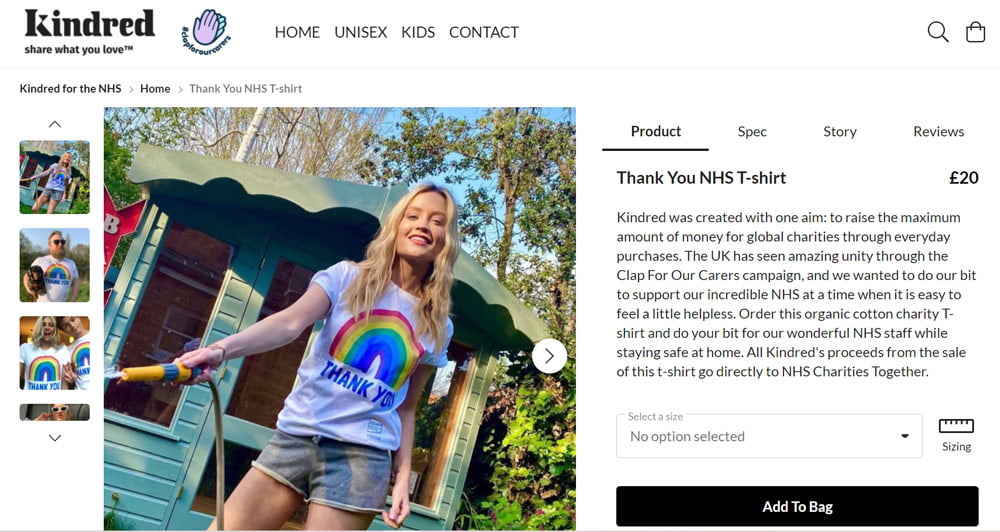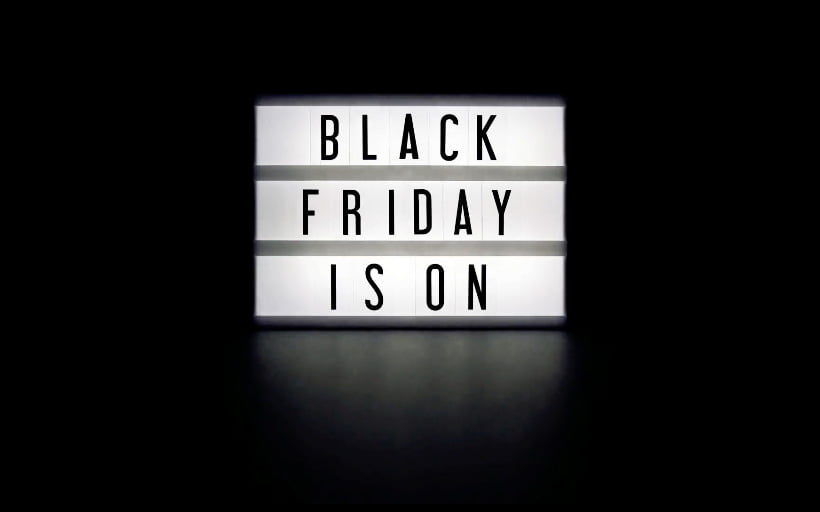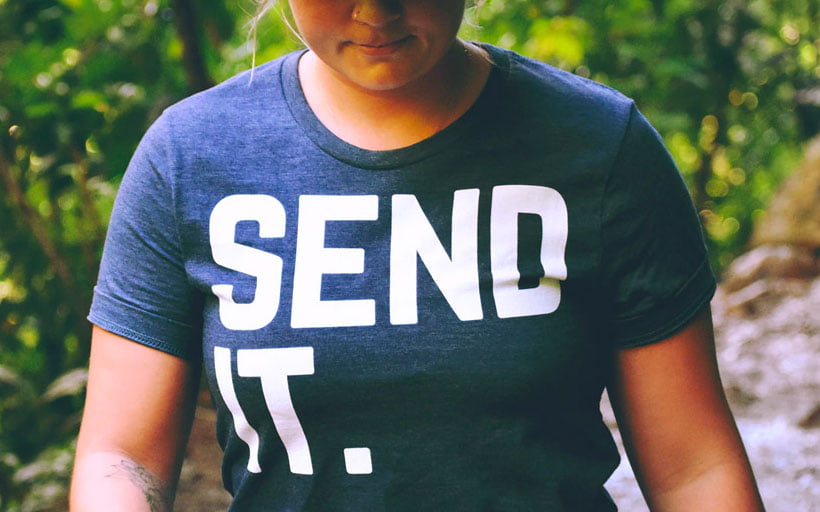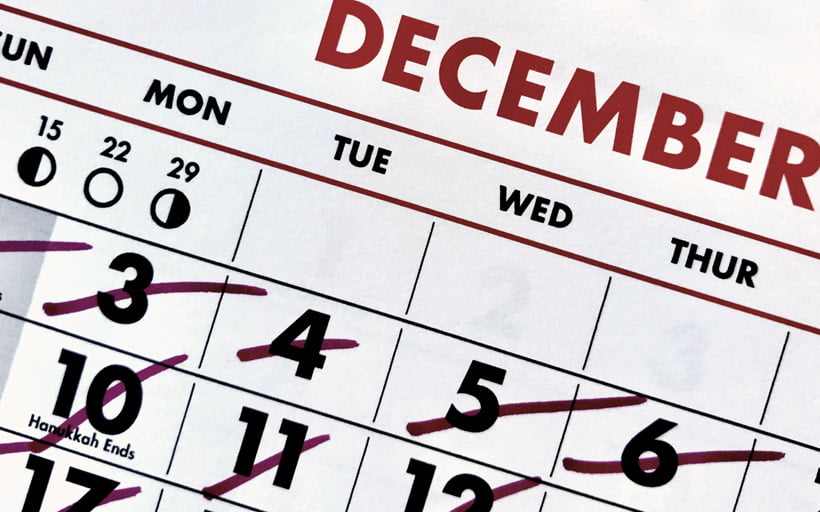The importance of outreach and link building for print on demand retailers

Print-on-demand opens so many doors. You can build an incredible online store from scratch, expand your existing business, or create branded merchandise that really resonates with your customers. But if you don't promote yourself, no one will be able to find your amazing products.
Promotions help you to spread the word about your brand and your business. They are your chance to reach out into the world and say: "Here I am!"
But many promotions can fall flat, and there's good reason for this. Millennials — the generation that many studies have found spend the most time online — are "digital natives". They are the first generation to grow up surrounded by smart devices, the internet, and all the pop-up and banner ads that come along with them. As such, most internet users have become experts at ignoring many traditional promotional techniques. Some people call it "banner blindness", others term it "adphobia", but whatever you call it, the takeaway is this: promoting yourself is every bit as challenging as it is important.
Promotional strategy essentials
Outreach and link-building are two key tactics that are neglected by all too many online marketers.
Outreach means, quite literally, communicating and 'reaching out' beyond your website and its audience, to get your content and products shared elsewhere on the web.
Link-building refers to the art (and it is an art!) of getting other people to link to your content.
Links are super-important. Firstly, they represent a way for potential customers to discover your products on sites other than your own. But, more than that, they're great for your site's overall SEO. When search engines decide which sites to rank, they have a simple goal: deliver the best fitting content that answers the search term entered.
Google is, of course, based on a highly complex series of algorithms. There are more than 2 billion websites in the world, and clearly it isn't practical for humans to sit and manually evaluate every single one of them for their suitability for each and every keyword. So they rely on a wide range of ranking signals; there are thousands of ranking factors which play their part, but one of the most important is the number of quality backlinks. After all, if other people are linking to your website, that's a clear vote of confidence that it's worth checking out.
So how do we build those links?
One way to do this is by getting your merch featured on blogs that are already hugely popular. It's not uncommon for blogs to create gift guides, particularly around seasonal times. Getting your products featured in a gift guide is a great way to promote your merchandise and increase brand awareness. For example, Esquire magazine's gift guide.
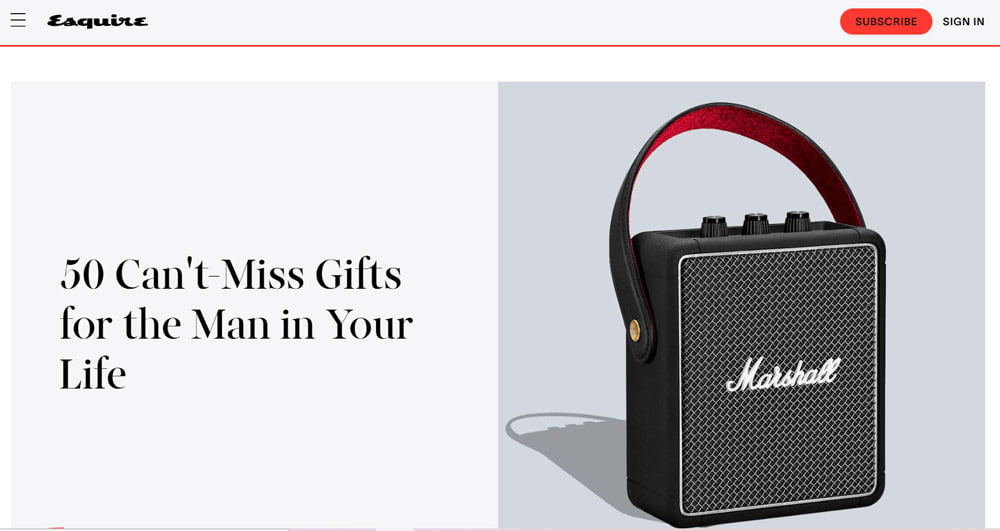
If you can have your merchandise included in one of these guides, you'll get traffic straight to your POD store.
To get your products featured, you first need to find blogs and/or websites that create gift guides in your product niche, and then ideally find out who wrote it. If you're lucky, the authors' contact details will be listed and you can contact them and politely ask to be featured in their next gift guide. Usually, however, the only way to contact the site is by sending a message to the publication's generic contact address.
Outreach software like Ninja Outreach and Hunter.io can sometimes help you find specific email addresses. Hunter.io is a great place to start because they have a free package that allows you to search for 100 free email addresses per month. After completing their simple sign-up form, it's easy to use. All you do is type in the URL of the site you want to contact:
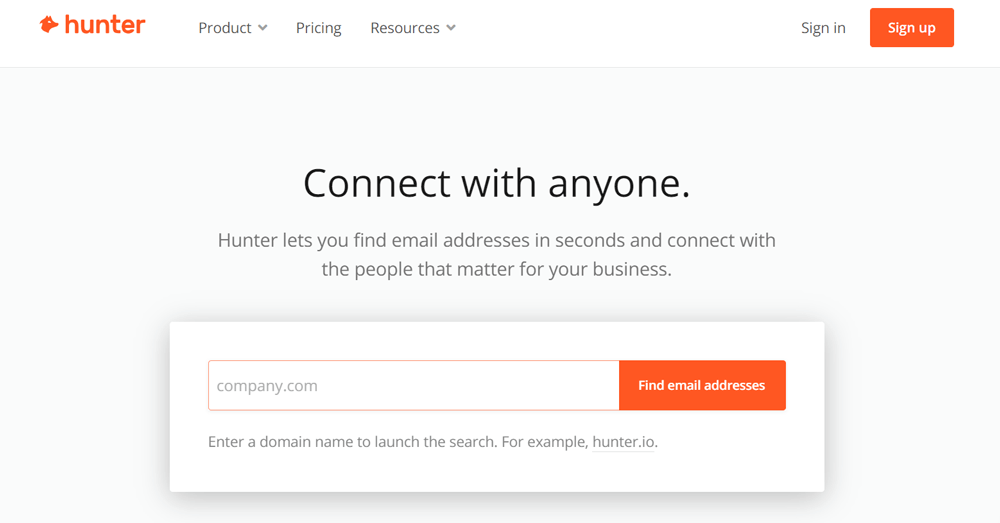
You will then be shown verified email addresses that you can use to get in touch with a real person. This works for virtually any high-traffic website, and you can even filter by department to improve your chances of your email reaching the right person.
Once you have the correct email address, you need to focus on what you're going to write. Your email should be personal and polite. Don't just send a blanket email, it will probably be ignored. Here's an example:
Dear [name],
I think the content on your blog is great. 50 can't miss gifts really resonated with me because I make gifts and gadgets specifically for the male demographic.
My name is Karen Ogden, and I run a merchandising company called ABC Ltd. We're a start up making high quality phone stands and other tech gear. I'd really appreciate a feature in your next gift guide. Of course happy to send product samples and we have some great product photography. Is this something you might be interested in?
Thanks for your time,
Karen
Notice that we addressed the site owner by name and also pointed out something specific and positive about the blog. By doing this, you can show you are not simply spamming and have taken some time to research. This will increase the likelihood of getting a response.
To further improve your chances of success, look for gift guides with broken links (and offer your merch as a replacement), and gift guides that are out of date. If you find one that was posted last year, then the writer may be working on an updated version, and by showing interest you can hopefully get featured!
Better yet, write your own gift guide (including your merch in the list, of course!) and send this to the website you want to be featured on. The less work you create for them, the easier it will be to get featured. You can also back up your proposal with some research into the area. For example, perhaps one of their competitors is ranking higher for their gift guide because it includes more items. By presenting a site with this knowledge and also a way for them to rectify it you are no longer simply asking for a favour, you are helping them out in the process.
If your self-made gift guide or blog doesn't get published, you can still use it on your own site — then link to it via your social media channels.
Hitchhike on trends to reach out to new audiences
Customers are fickle. With so many online stores competing for custom, it can be difficult to keep the attention of your ideal shopper. And it's no secret that audience attention spans are shrinking. According to a study by Microsoft, the average human being has an attention span of 8 seconds, and this is believed to be decreasing year on year.
Whenever you go online these days, it seems like a new topic is trending. As the old adage goes:
Today's news will be tomorrow's chip paper
This statement holds a lot of truth, and it bodes well for print on demand merchandisers. The beauty of print on demand is that you will never be stuck with leftover stock that you can't sell. So if a product is shifting really well one month and then sales plummet the next, you can simply replace the product without losing anything from your bottom line.
But the real value when it comes to trends is hitchhiking on them. With print on demand, you have the luxury of making and selling new merchandise fast. So if there is a really popular trend or current event, you can capitalise on it.
When the coronavirus pandemic hit, everyone in the UK was extremely grateful for the NHS, and the service gained massive support. Take a look at this Google trends snippet from the time period of the first UK lockdown:
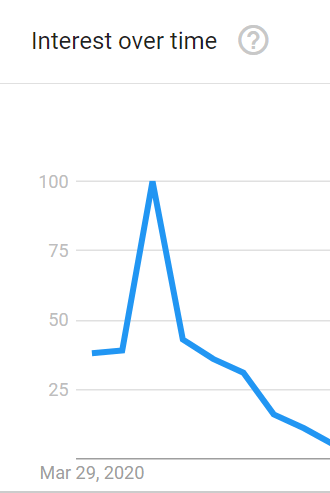
With all the online support, many enterprising online retailers had t-shirts up for sale within hours:
And then many of these ecommerce businesses reached out to online communities, such as health-focused facebook forums, to offer discounted 'thank you' tees. This resulted in bumper sales for the retailers who reacted quickly to this NHS popularity boom.
As well as responding to trends as and when they happen, there are also trends that you can plan for. A relatively recent example of this was the 2018 Royal Wedding. According to Brand Finance, $67 million (approx. £50 million) was made from sales of souvenirs alone, like this one:
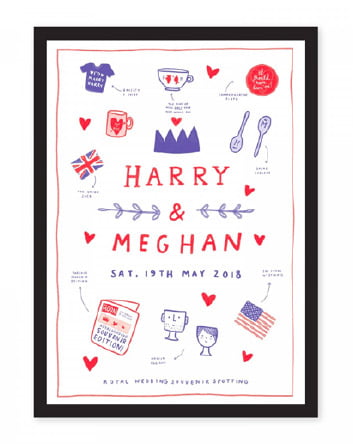
By planning for big events like this, or hitchhiking on trends as and when they pop up, you can increase your sales exponentially — but only if you promote your merchandise!
Pair organic posts combined with paid ads on both search engines and social media to help get your products in front of people who are actively searching for these trends.
The beauty of print on demand is that when you do hop onto trends like these, you aren't exposing yourself to any risk, unlike traditional retailers who order thousands of England World Cup t-shirts and then have to reduce it all and sell for a loss when the team gets knocked out!
With POD, if the merch doesn't sell, it doesn't get printed, and you don't pay for it. It's zero risk and unlimited reward!
Want to know more? Take a look at our wide range of print on demand merchandise.
